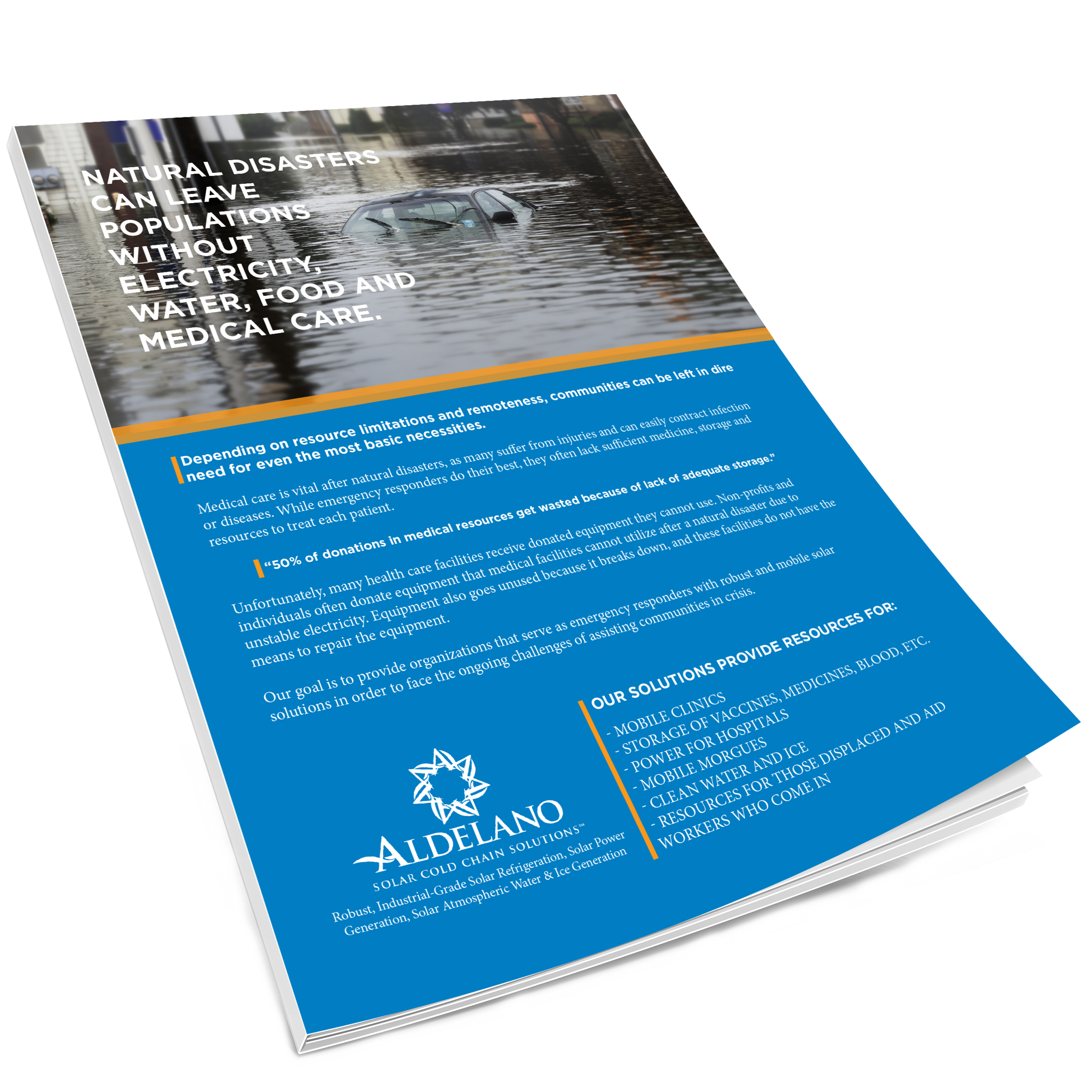Emergency responders such as the Red Cross take action during earthquakes, typhoons, conflict, severe drought, and famine.
Natural disaster can leave populations without electricity, water, food and medical care. Depending on resource limitations and remoteness, communities can be left in dire need for even the most basic necessities. Emergency responders seek to provide communities struck by tragedy with resources to meet these needs.
Natural Disasters in Recent Years
The top five countries most frequently hit by natural disaster in the last ten years are: China, the United States, India, the Philippines and Indonesia. According to the World Bank, six of the top ten countries hit by natural disaster in 2015 were low-income or low-middle income economies. These same low-income countries accounted for 67.6% of global disaster mortality (Guha-Sapir).
Annual Disaster Statistical Review 2015
When low-income economies are struck by natural disaster there is often immediate response. However, a lack of ongoing resources means the community often suffers for years to come. While the disaster itself my take lives, many suffer from dehydration, starvation and disease during the aftermath.
For example, the infectious disease cholera spread after the Haiti earthquake in 2010. The disease spread through contaminated water and killed nearly 10,000 people (Domonoske).
Dire Needs After Natural Disasters
Basic necessities such as health, water, shelter, sanitation, livelihoods, safety and education become scarce in the event of an emergency.
Organizations such as Habitat For Humanity seek to provide shelter after disaster strikes. They believe, “that safe, reliable shelter provides the foundation from which all of these things can begin to reemerge during the relief and rebuilding process.” The Red Cross provides: overnight shelters, distribution of emergency supplies, health contacts, food, water, workers, and ERVs.
Donations such as money, clothing, food and water are swiftly utilized by non-profits that provide disaster relief. However, it can take time for those goods to reach those in need and maintaining enough resources can be extremely difficult.
Medical care is vital after natural disasters as many suffer from injuries and can easily contract infection or diseases. While emergency responders do their best they often lack enough medicine, storage and resources to treat each patient.
Off-Grid Resources for Emergency Responders
After disaster strikes, emergency responders need resources to help meet the immediate needs of community as well as provide solutions for ongoing support.
Aldelano Solar Cold Chain Solutions can provide emergency response organizations with robust off-grid resources that provide: water, ice, solar power and cold storage. Our solutions are portable and require little to maintenance.
Electrical power is typically not available after a natural disaster. Our solutions allow responders to provide greater medical care, food storage and water through solar power solutions. Aldelano Solar Cold Chain Solutions products provide greater reliability than gas generators as there is no need to procure fuel.
Emergency responders are able to create greater areas of operation and resource distribution through Aldelano Solar Cold Chain Solutions.
Our goal is to provide organizations that serve as emergency responders with more robust solutions in order to face the ongoing challenges of assisting communities in crisis.

Download our free flyer to learn more about how our robust, industrial-grade solar solutions can help during the disaster relief process.
Citations:
Domonoske, Camila. “U.N. Admits Role In Haiti Cholera Outbreak That Has Killed Thousands.” NPR, NPR, 18 Aug. 2016, www.npr.org/sections/thetwo-way/2016/08/18/490468640/u-n-admits-role-in-haiti-cholera-outbreak-that-has-killed-thousands.
Guha-Sapir, Debarati, et al. “Annual Disaster Statistical Review 2015.” Center for Research on the Epidemiology of Disasters , 2015, reliefweb.int/sites/reliefweb.int/files/resources/ADSR_2015.pdf.
“Disaster Response.” Habitat for Humanity, 2017, www.habitat.org/impact/our-work/disaster-response.
POURHOSSEINI, Samira Sadat, et al. “Key Aspects of Providing Healthcare Services in Disaster Response Stage.” Iranian Journal of Public Health, Tehran University of Medical Sciences, Jan. 2015, www.ncbi.nlm.nih.gov/pmc/articles/PMC4449997/.



